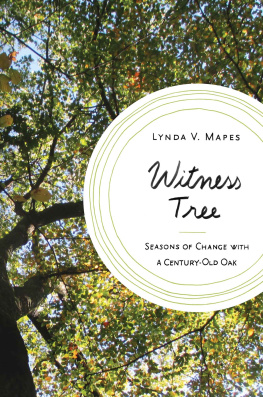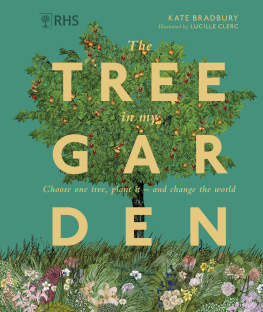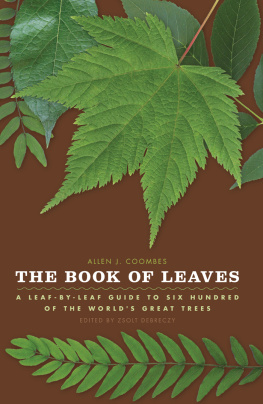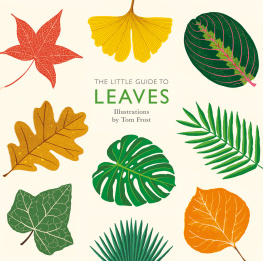
For Doug, with pleasure
BY THE SAME AUTHOR
Washington: The Spirit of the Land
Breaking Ground: The Lower Elwha Klallam Tribe and the Unearthing of Tse-whit-zen Village
Elwha: A River Reborn

CONTENTS
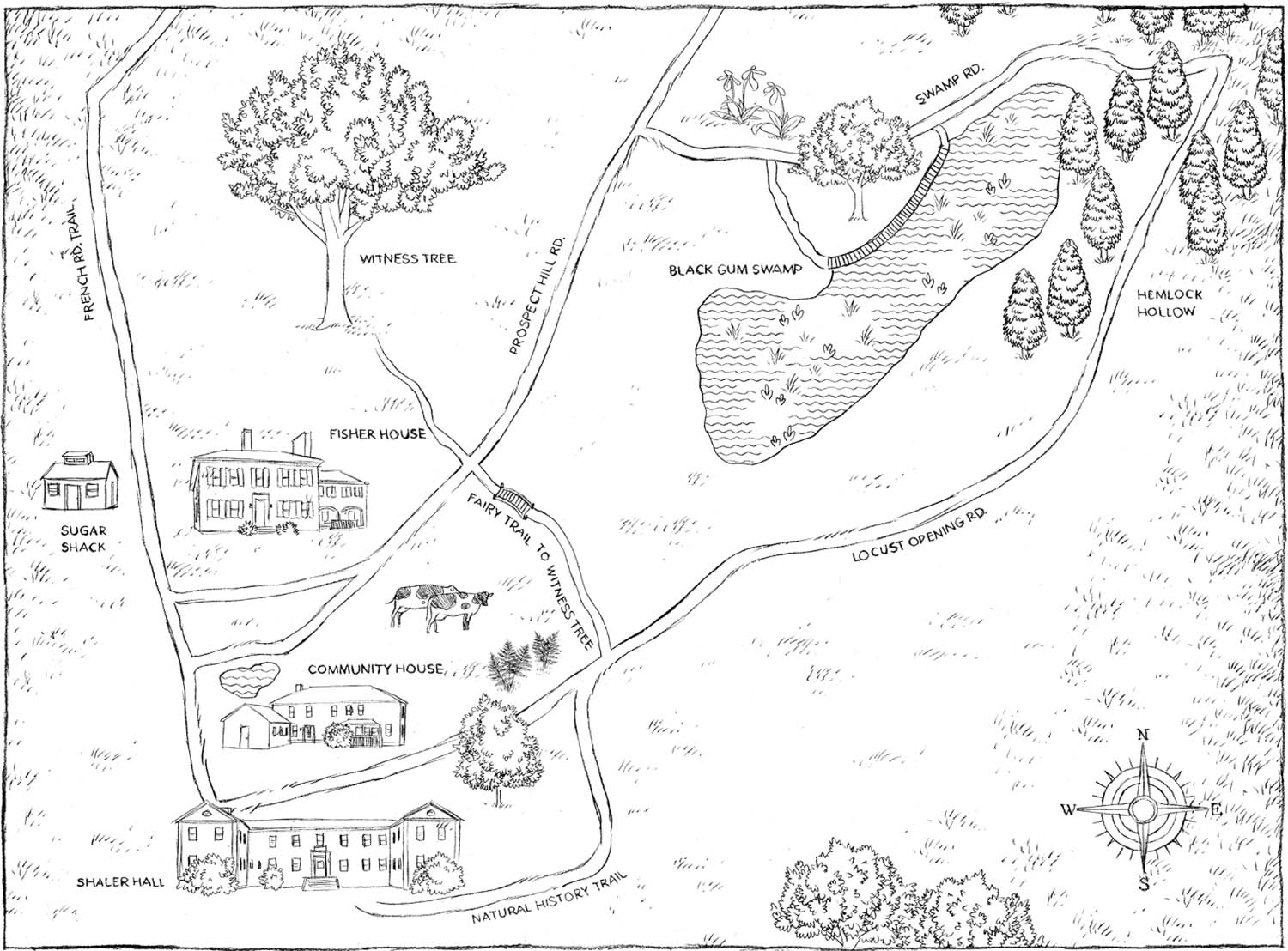
I grew up in a kingdom of trees. They were my constant companions in a deliciously unmanaged childhood in rural New York, lived in a ramshackle old house, parts of which date to 1763, with seven acres of woods, a falling-down barn, and a frog pond. Go outside and find something to do was my mothers anthem, and I took her advice. Ive never really changed from the skinny kid in Girl Scout shorts of those days, my skin caked with calamine lotion from some adventure in the woods.
Grand old trees marched up the dirt lane we called the wagon road into the woods. Some had hearts of brick and arms held high with the help of pipes and wire, installed long before we got there in 1963, my two brothers, Mom, Dad, and me. There was even a spring-fed half-acre pond that shrank in dry summers to swaths of glorious stinking black mud. Bubbly expanses of algae matted the ponds warm, still waters. I can still see its deep emerald green.
But lording over it all was the four-season wonderland of our trees. In autumn, gold leaves sifted and spiraled all round our house. In the front yard, Dad defended an island of decorum, heaping leaves from the grass onto the driveway with his bamboo rake. Its scrape in the gravel as he mounded glowing piles higher and higher was the signature sound of a Saturday morning in October. When the pile reached a perfect dome about even with my seven-year-old head, it was time for me to leap into the sweet-scented chaos of crunch and rustle, feeling the enveloping leaves all around me.
No one had a leaf blower back then. Leaves, incredibly, were not for blowing and bagging, but for burning. I still remember that sweet, acrid smoke, curling from the pile in its ascent, lazy and blue to the deeper blue of the sky on an Indian summer day. Sometimes, I would get to light the pilebeing a little kid, not with matches, but with a magnifying glass. Holding one leaf by its stem, I would concentrate the sun into a burning beam, watching it brown and then blacken a single hole on the leafs surface, until it would finally light. Id carry my flaming trophy by the stem to the pile, amazed to see how my magnifying glass had captured the sun and harnessed its energy, just as this leaf had, too.
I was the only girl in the family, with two brothers. Besides books, my other refuge was the eastern red cedar by the pond. Its bark was sweet scented, shaggy, and fragile. I could tear off sun-warmed, fragrant shreds of it with my fingernails, just to smell themsomething I could never do with the stern, wrinkled frown of the maples impenetrable cladding, or the furrowed, gnarly plating that encased the great oaks. Making my way hand over hand up the trunk of the cedar, Id sit in its top by the hour, looking out over the pond, discovering up there the tiny immature blue-green cones that looked like berries that we couldnt see from the ground, and the peculiar pointy, stickery ends of its withes. I knew this trees trunk well already; it was my prop for reading on the grass by the pond after school. But the suppleness of its arms, as I reached closer and closer to the top, and its sway in the wind were a surprise. Aloft, it was my first taste of a place all my own, sovereign in my tiny treetop girl nation of one.
We were all besotted with wood. On weekends, Dad disappeared to his woodshop over the garage, making tables for fun. He turned the legs on a lathe, his T-shirt blotched with wood stain, and hands holding the chisel. Id stand across from him watching the lathe spin, enjoying its hum, and the sweet shower of shavings whizzing off the wood. We split firewood, too, in a family ritual that continued through the seasons of the year, cutting dead trees from our woodlot, my dad and brothers splitting logs with a sledgehammer and wedges. My job was holding the iron wedge for my dad, kneeling down to grasp it firm and steady, with two hands, so his blows could strike true, the wedge biting a cleft in the log. Once it was set, wed all stand back, so he could swing big, and whack it but good. The funny little round, lifelong scar on his chest came from a hunk of iron from the thin edge of the mushroom-topped wedge Dad sent flying like shrapnel one day. I actually liked seeing that little scar as I grew to an adult, a testimony to those long-ago, shared Saturdays, and their sweet, steady seasonal rhythms. We gathered logs in the woods in the summer, when the dead trees stood out, and cut them to length with a chain saw, to split in the driveway. Come autumn, wed heap firewood by the armload in a banged-up metal wagon Dad pulled with his Sears tractor. Rattling over the gravel-and-dirt driveway, Dad hauled our wood to the granite-slab-floored porch on the front of the house. My mom would be waiting to help us stack it, yellow jackets busy at the smell of the sap. By Thanksgiving, wed be piling up cordwood until it covered the windows. Thats what ready for winter looked like to us, from inside or out.
From October clear through May, the blazes wed build in our fireplaces and woodstove were our household gods. Starting and tending and banking and dampingthese primal tasks set the rhythms, scents, and satisfactions of our days. Our hair smelled of wood smoke; our dogs did, too. We had a woodstove for everyday use, but for big nights together, only our open fireplaces would do, brick in one room, fieldstone in another, right by the cherrywood-plank dinner table. Our dogs panted, sitting so close to the blaze our hands scorched at the touch of their fur. The sharp surprise of pants warmed by standing too close to a fire, discovered when bending to sit, is unique to people heating with wood. We had fireplace gloves of leather, and brooding iron kettles for steeping porous stones in kerosene. Lollipopped on a metal rod, we slid the stones soaked and stinking under stacked kindling, then set the whole mess alight. Good firewood, we all learned, took preparation, planning, and diligence; there was no cut corner that would deliver heat in December. Only we could do thatwith help from our trees.
I was out of college by the time our parents sold that place. More than twenty years later, at my husbands urging, I dared for the first time to go back. Arriving in soft rain unannounced in Thanksgiving week, we discovered the owners not at home and parked down the road, out of sight. I knew where I was headed: straight to the wagon road. Into the woods. Barely able to look, I walked into a moment of grace too kind for this world: my childhood trees, all still there. Still intact. Here was the old maple at the foot of the wagon road, with its heart of bricks and cement, the iron pipes and wire still sustaining its broad, spreading boughs. There, too, was the fringe of trees I remembered to the west, the branches like black lead in cathedral-glass sunsets. I found my old friends, yes, the red cedar, and the beech up in the woods I watched as a girl. There it was, with its smooth gray trunk and pyramid symmetry, light spilling through the open tracery of its branches. All just the same, just bigger and fatter. I snugged up against my beech to put my palm flat to its cool, wet bark.
Next page
